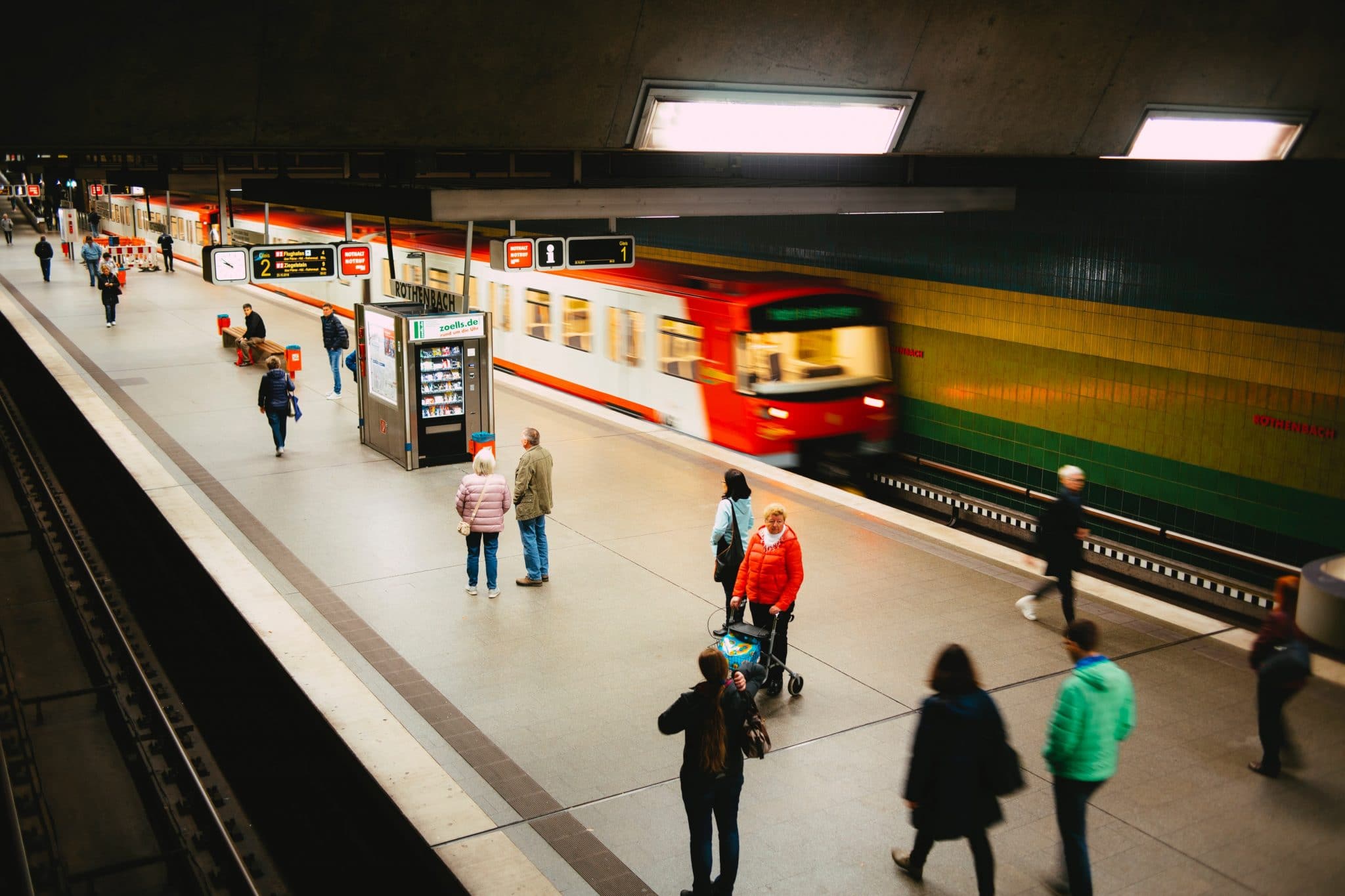
Preparing Human Capital for The Energy Transition
Jakarta, May 2023 – The world is moving to a low-carbon economy. Consequently, the energy supply for the economy also shifts from fossil fuel to renewable... Read more.

Diligent and participatory planning that takes into account technological developments will be key to transition the Indonesian transport sector
The transportation sector is the largest energy user in Indonesia and contributes significantly to the increase in GHG emissions. The high dependence on oil in ... Read more.
